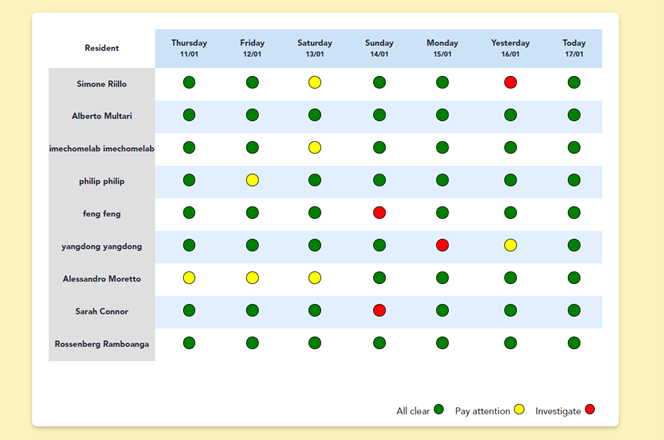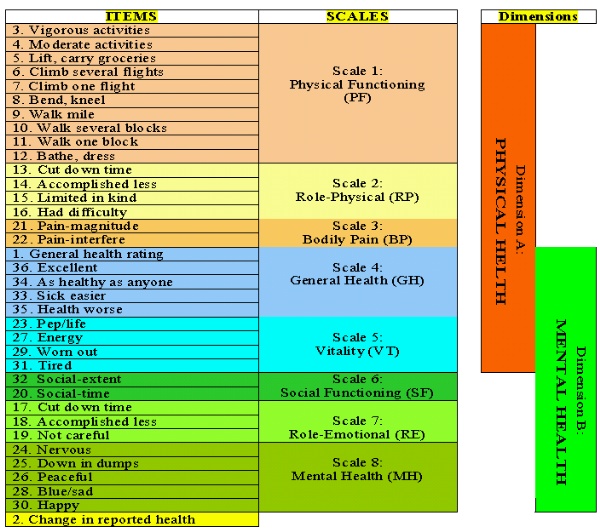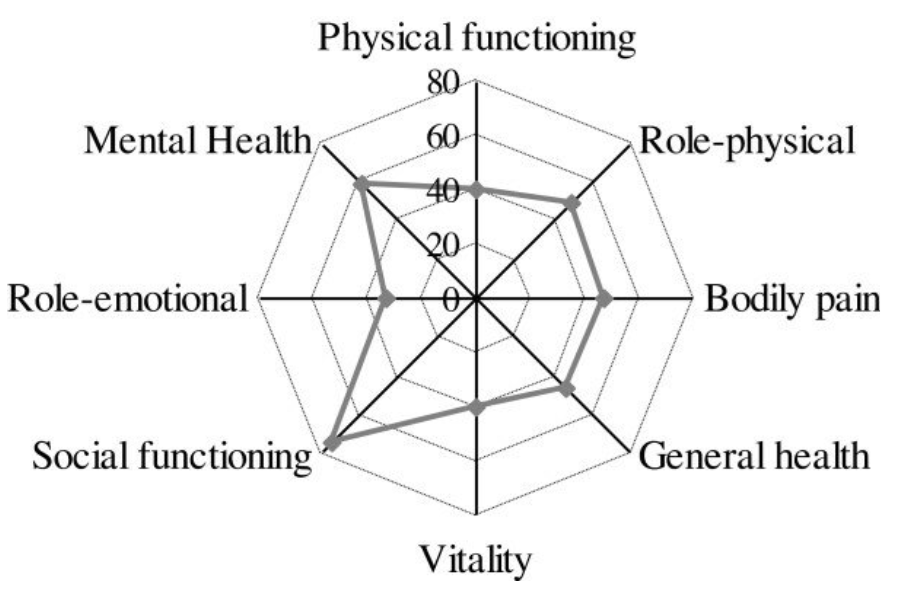Enhancing Life Quality through Preventive Care and Early Detection.
The purpose of the Vitality Services is to acquire data-driven insight in the care needs of the clients, so that staff can administer targeted care to the right person at the right time. Vitality Services come in tiers: Wellbeing Monitoring, Quality of Life Assessment and Decline Prediction.
Wellness Monitoring Dashboard: an Insightful Care Coordination Tool. Our Wellness Monitoring Dashboard offers a complete, real-time view of each elderly client’s health status, streamlining information exchange among caregivers, especially during shift transitions. Developed with a user-centric design, this dashboard displays weekly wellbeing assessments, empowering staff with clear, actionable insights.
Utilizing our advanced Wellness AI Predictor, the system meticulously tracks ADLs, incorporating critical metrics such as gait speed and heart rate. These data points are analyzed by our sophisticated Large Language Model (LLM), which articulates the rationale behind each wellness assessment. Staff members can easily access this detailed reasoning with a simple click on the dashboard’s data grid, enhancing their daily planning capabilities.
This granular visibility enables caregivers to proactively engage with clients, exploring specific wellness concerns and intervening promptly to maintain or improve their health outcomes. Our dashboard doesn’t just monitor wellbeing—it’s a proactive partner in the pursuit of preventative care and timely correction, aligning closely with our commitment to improving the quality of life for our residents.

Quality-of-Life Assessments brings Wellness Monitoring to the next level. This Vitality Service tier elevates the traditional SF36 Short Form health survey process, a key instrument in health economics for assessing patient health and guiding quality-adjusted life year calculations. Typically, The SF-36 metric is used by health insurance to determine the level of patient support and resource allocation in care facilities. Although essential, the SF36 survey—conducted via detailed paper questionnaires by medical professionals—has been critiqued for its subjective nature and the extensive labor it requires.
Recognizing these challenges, our Vitality Services have been engineered to transcend the sporadic and manual nature of Quality of Life (QoL) assessments. We achieve this through our continuous, automated monitoring system that captures objective data on Activities of Daily Living (ADLs). This system not only includes practical measurements like gait speed but also extends to round-the-clock observations within the resident’s living environment, thus eliminating the artificial setting of a laboratory.
Future enhancements to our sensor technology will integrate additional physiological metrics such as heart rate and respiration rate.
Like Wellness Monitoring, this service provides staff with data to target their care provisioning to the right person at the right time, but now supported by industry-accepted protocols and fully MDR certified. This will yield unparalleled precision, ensuring residents receive the best possible support for their quality of life.
In addition, our Quality-of-Life assessment services opens the door to substantiate funding by health insurance authorities, as this was the original purpose of SF-36 assessments.
Geriatric Decline Prediction. Following the QoL predictor, in a subsequent stage we want to minimize impact of chronic diseases. As part of this effort, we will develop a range of AI predictors to identify the onset of geriatric-related decline, including frailty, apnoea, arthritis, vascular performance, and cognitive impairment.
Training of Quality of Life and Geriatric Decline services requires a lot of datapoints, which can be obtained from our customer base using Safety services and Wellness Monitoring.


